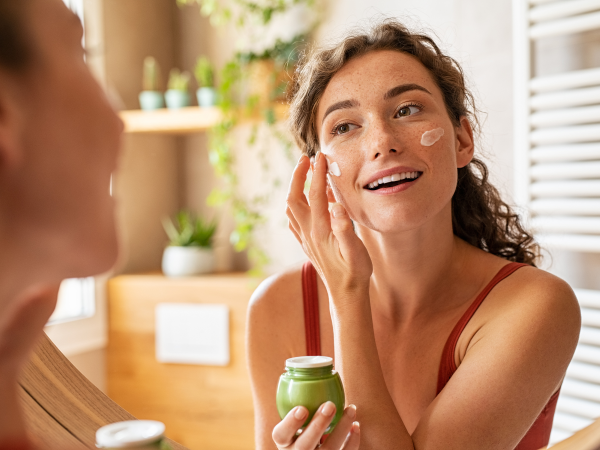
Skincare has become one of the most important routines in everyone's life. It not only improves the appearance or looks, but it contributes to health as well.
Of all the new trends, rubbing beef fat on your face is one of the newest and trending alternatives to traditional skincare products. Beef fat is a moisturiser made from the fat surrounding the kidneys of cows and processed as butter balm.

Applying beef fat on the face is not a common practice of skincare treatment but as it is rich in fatty acids - stearic acids, oleic acid, and palmitic acid which are now in many skincare products, it is now used as a moisturiser.
Pros and Cons
The fatty acids in beef tallow lock moisture in the face and provide hydration to the skin. Beef fat also nourishes the skin, as it has healing properties with Vitamins A, D, E, and K. Beef fat also reduces inflammation in the skin.

As it has heavy fat, the tallow might clog pores, especially for oily and acne-prone skin. It is also important to use proper and hygienic beef fat as moisturise and the improperly prepared beet tallow can contain bacteria that might harm the skin. Beef tallow does not suit everyone as it makes it too greasy for people with oily skin and it is important to do a patch test before using the moisturiser liberally.
Making procedure
Following the Black Friday sale in the USA, beef tallow balm sales shot up. The cream is made from 100% grass-fed beef suet, and it is mostly made from the encased fat in the cow's kidney. The fat is first harvested and then ground into a butter consistency. It is then later blended with olive oil, whipped, cooled, and jarred as a balm.
The fat used in this cream is not the back fat that is generally on steak and this fat is specially extracted that is high in nutrients, including vitamins D and A. Beef tallow also contains omega-3 fatty acids.

Many also use beef tallow for skin care conditions like acne and psoriasis. Though it is not a healing remedy, it reacts to each person's skin differently and a few dermatologists reacting to it gave positive responses stating that it is generally well-tolerated on most skin types.
 Skincare has become one of the most important routines in everyone's life. It not only improves the appearance or looks, but it contributes to health as well.
Skincare has become one of the most important routines in everyone's life. It not only improves the appearance or looks, but it contributes to health as well.


